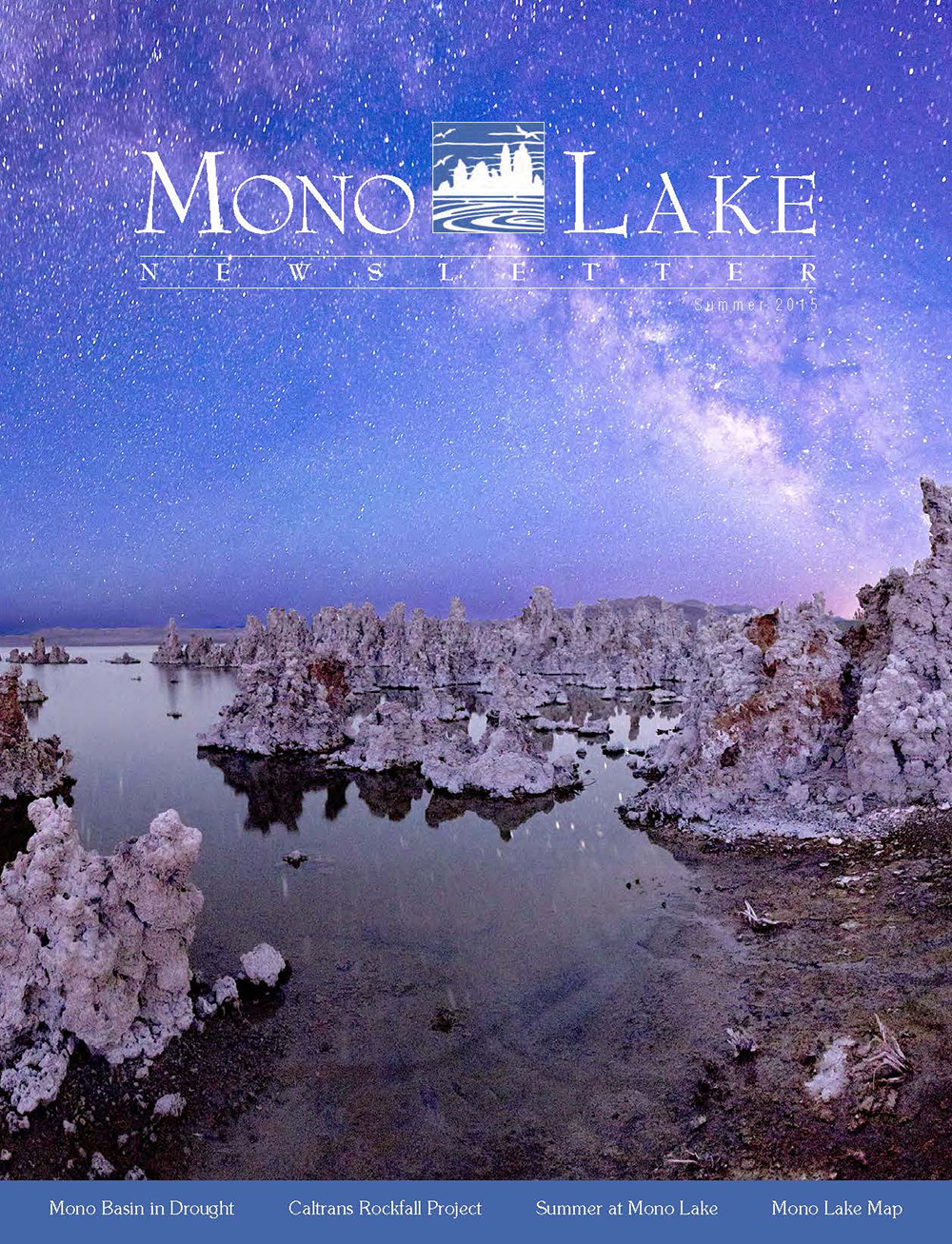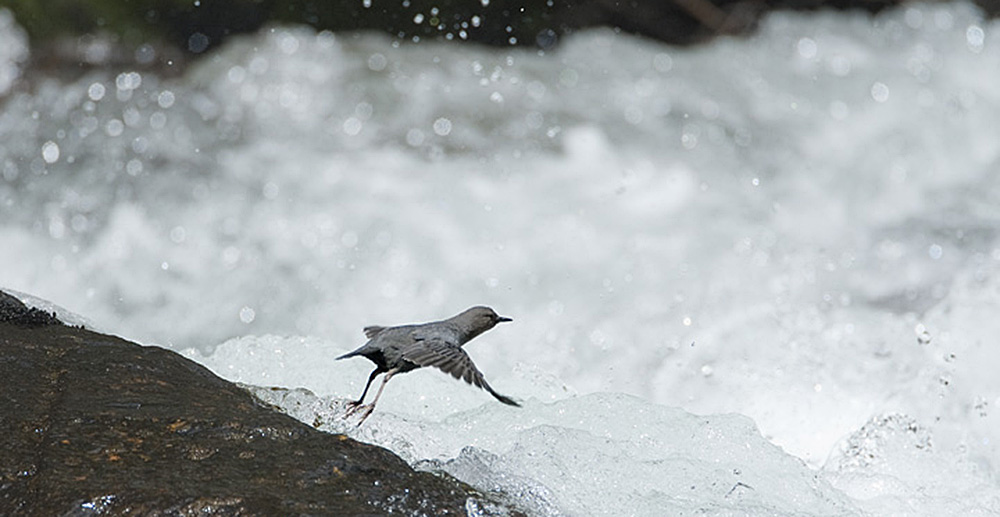
 This is the first time in 37 years that we have featured the Milky Way on the cover of the Mono Lake Newsletter. Tufa and Milky Way, by photographer and Mono Lake Committee member Thomas Piekunka, is not only a stunning view of the night sky over Mono Lake, it was shot without artificial light. Knowing that the photograph was taken with sensitivity for the subject—without disrupting wildlife (people included) with bright lights at night—makes it that much more beautiful.
This is the first time in 37 years that we have featured the Milky Way on the cover of the Mono Lake Newsletter. Tufa and Milky Way, by photographer and Mono Lake Committee member Thomas Piekunka, is not only a stunning view of the night sky over Mono Lake, it was shot without artificial light. Knowing that the photograph was taken with sensitivity for the subject—without disrupting wildlife (people included) with bright lights at night—makes it that much more beautiful.
That idea, that knowing more about something can make it more beautiful, is actually a pretty good theme for this issue of the Mono Lake Newsletter. Let’s face it, drought doesn’t look good on Mono Lake. Dusty exposed lakebed and weak trickles of water in cobbled creek channels are hard to see. With the final snowpack numbers in we’ve had to face up to some stark realities about what the coming summer is going to mean for the Mono Basin—a potential two-foot vertical drop in lake level not being the least of it.
Today the lake is at 6,379 feet above sea level. Without the Mono Lake Committee, the lake would be at 6350′. That’s not only 29 vertical feet of water, it’s the difference between a landscape with a recovering ecosystem, and one without. So, when I look out at Mono Lake knowing it could be that much worse, I can still see a landscape that has undoubtedly stalled out, but is, in the bigger scheme of things, on the road to recovery. Mono Lake has protections in place and a dedicated group of people who really, really care about it, work for it every single day, and are determined to figure out the best things for it no matter what the circumstances. I’m pretty sure there is extra beauty in that.
Maybe you should come see for yourself—walk the shoreline, check out the night sky, or scout out some water and follow the lead of the dipper below.


Dippers are so neat to watch, the way they continuously bob up and down as they look into the stream before they enter it. I have seen them in small creeks up in the San Gabriel mountains.
A Dipper at work in the foam of a fast-moving stream is a sight to behold. BTW, I think an American Dipper is also called a Water Ouzel, a bird my friends have doubted for many years.
Great cover photo. I am an Astro imager and appreciate this great shot!
Congratulations to Tom!
Beautiful photo. I have a photo of the Milky Way behind a bristlecone pine.
Never fails to impress.